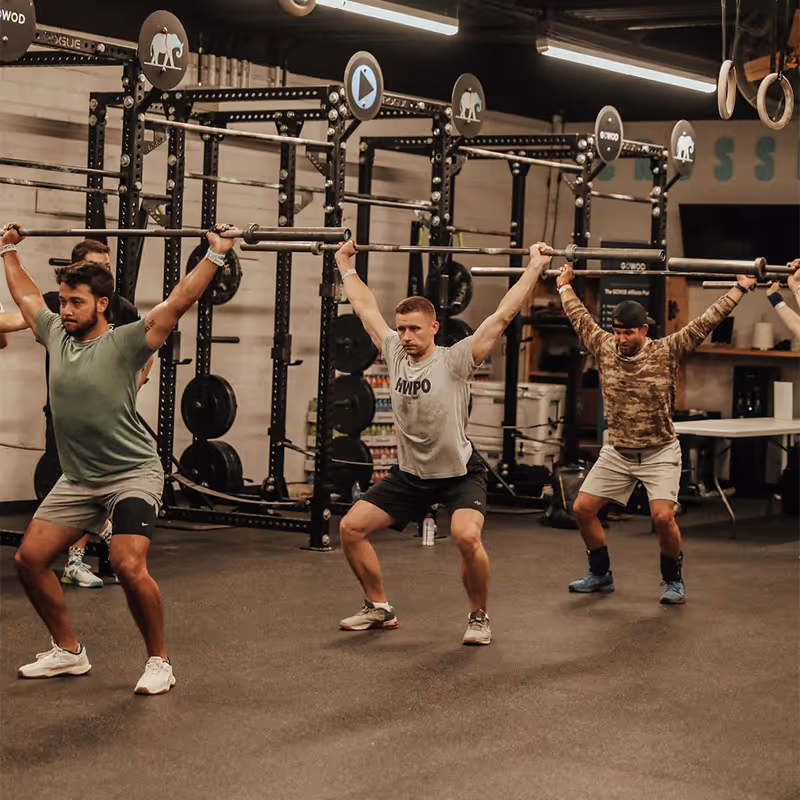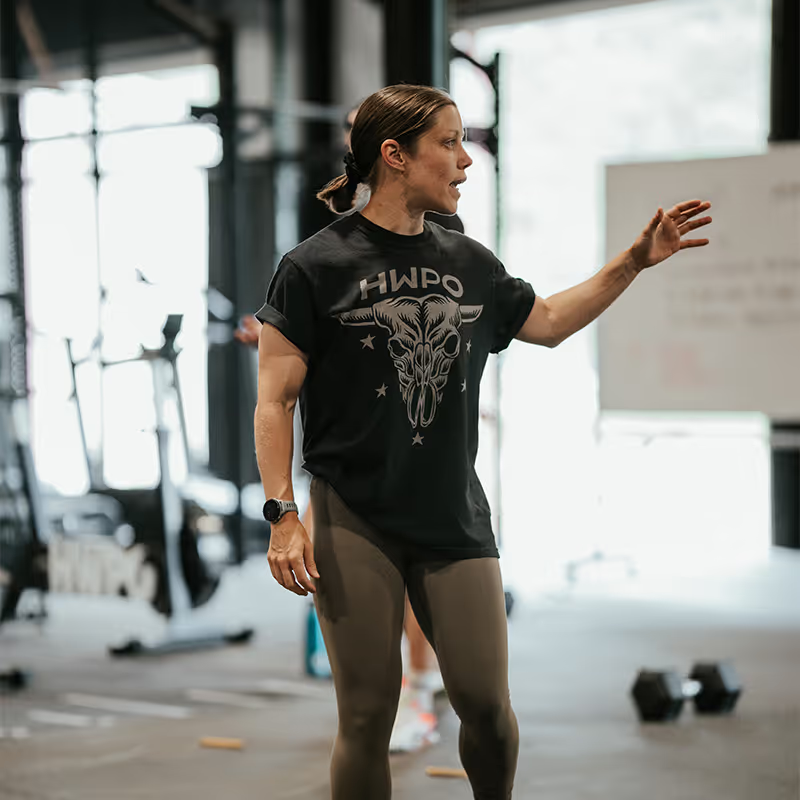Elevating coaching: the importance of varied drill focuses in long-term athlete development
Coach Michele talks about the importance of stripping back coaching techniques into more manageable focuses that allow athletes to build on skills over time.
Aug 21, 2024
As coaches, we often face the challenge of keeping our training sessions fresh and engaging. It's all too easy to fall into a routine of repeating the same drills and progressions. However, for athletes who have been with us for many years — sometimes up to a decade — introducing variety is crucial. If we want to maintain their focus and attention over prolonged periods, we need to continually refine our drill sets and progressions to touch upon different performance aspects.
The value of variety in coaching focuses
While perfecting specific drills is important, it’s equally vital to ensure that our sessions don't become monotonous and redundant. Engaging, varied drill sets help keep athletes excited about their training, ultimately leading to greater retention and performance improvement. Each training session should incorporate drills that highlight particular points of performance, allowing athletes to develop a well-rounded skill set.
Rather than simply using drills in a step by step, general way to warm up or prepare athletes for complex movements, our choices should focus on isolating components of those movements.
By systematically breaking down the skills involved over weeks, months, or even years, athletes can gradually piece together the puzzle of complex lifts, leading to more profound improvements.
Establishing a focus of the day
To achieve this, we need to start each session with a clear "focus of the day." This coaching goal zeroes in on a specific aspect of a skill we wish to develop through the day’s drills. For example, if we look at the snatch, let’s say the focus of the day is footwork.
When developing a drill set for this, we might structure it as follows:
1. Snatch Balance
2. Tall Power Snatch
3. Tall Squat Snatch
4. Tempo Snatch
In this sequence, we begin with the snatch balance, a drill that effectively emphasizes footwork. As we transition into the tall power snatch, we ask the athlete to replicate the same sound with their feet and combine that with the same simultaneous lockout achieved in the previous drill but with the bar starting in the hang position. This layered approach subtly expands the range of movement while reinforcing our focus without over doing the amount of drills.
This above drill set is an example of having one specific point of performance then using an all encompassing drill: the Tempo Snatch to help us tie the knot and move on to the working portion.
Using a focus of the day for continuous learning
For newer coaches, it might seem daunting to structure drills around only one or two specific points of performance effectively. We always tend to choose drills that progress athletes towards step by step executing the movement. This is a great place to start with, but won’t have you diving into details which gives your coaching more depth.
If you want to continuously improve as a coach, you need to learn; and one of the most effective ways to learn is to teach. If you are a newer coach (or at least newer to more technical coaching) setting a focus of the day will force you to have a more in depth look at details that you may not have all figured out for yourself as an athlete and as a coach.
It’s often been the case, for me, that when applying newer drills, I realized something in movement patterns or certain causes for flaws that I had never really noticed before. The key is to layer information gradually and be patient with that process. Once we focus on footwork for a session, we can shift our attention in the next snatch session to explore aspects like the second pull or the bar path for example.

Research and adaptation: the path to mastery
In addition to having a focus of the day, getting resources in specialty courses and seeking specialty coaching for yourself will give you tools, but the most significant growth comes from experimentation. Trying out different drills will show you what works for you and what doesn’t. In my experience, some drills I initially thought would be effective, proved impractical or too complex for the class setting. These realizations only came about through hands-on application.
Coaching more hours will give you more experience, but what you do in those hours will determine the quality of the experience you gain. In return, this experience will make you adaptable. It will help you pivot quickly if a class has members that can’t take on more advanced concepts and will give you ammunition for when you have a competitive level athlete that deserves coaching as well.
Conclusion: embrace variety to enhance athlete engagement
As we approach our new upcoming training cycle, remember that variety is not merely a luxury; it’s a necessity. By alternating drills and focusing on unique aspects of performance, we can keep our training dynamic and maintain our athletes' interest. Your experience and knowledge will guide you in choosing effective drills for each coaching goal. Don't hesitate to innovate and adapt — through creativity and continuous learning, you’ll find the most effective ways to help your athletes thrive.


Get more coaching tips from Michele
As an HWPO Training member you’ll get access to our private community space — CIRCLE. Here you can connect with all our expert coaches for tips and advice.






